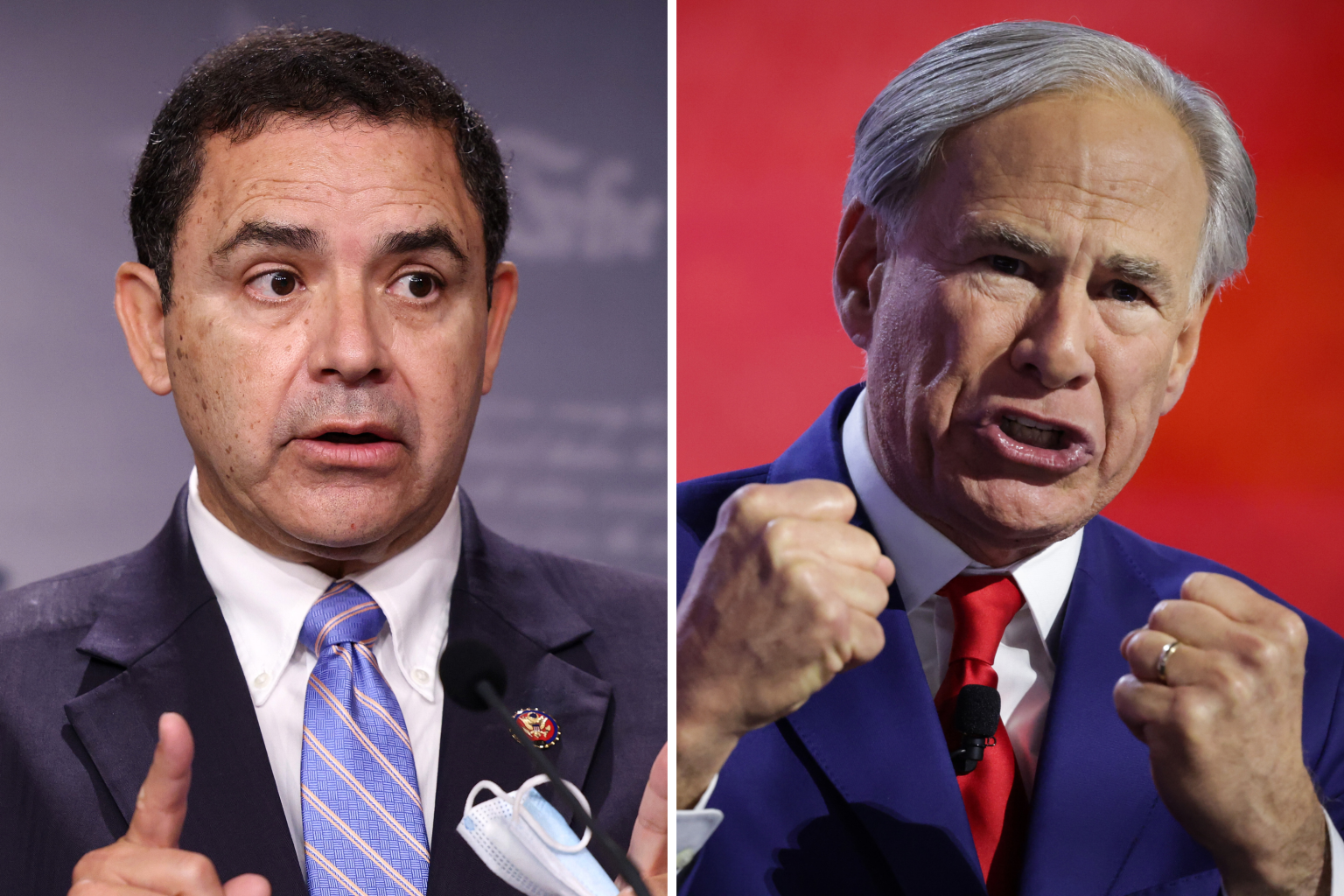The debate over the implementation of floating barriers to obstruct illegal immigration has seen lawmakers at odds regarding its origin, with a senior Democrat asserting that he had initially proposed the idea. Texas Governor Greg Abbott’s deployment of buoys in the Rio Grande in 2023 was hailed as a significant step to address the surge of undocumented migrants crossing from Mexico into the United States. Yet, Rep. Henry Cuellar claims that he was the first to suggest this approach to the U.S. Border Patrol, emphasizing his preference for buoy barriers over the more invasive option of constructing walls that could encroach on private property. He believed that traditional walls would be ineffective in preventing those seeking asylum, as individuals could still claim asylum just by reaching the riverbank.
The buoy barriers are part of a larger initiative, Operation Lone Star, a substantial $11 billion program initiated by Texas in 2021 to counteract the worsening migration crisis. Cuellar argues that while state efforts are important, a more effective strategy would involve better coordination and cooperation between state and federal agencies, sharing resources and personnel to enhance border security. However, Abbott’s office argued that U.S. Border Patrol was responsible for the design of the buoys, indicating that Texas served merely as an implementer of a pre-existing federal strategy. This perspective underscores the confusion over the narrative and credit for the floating barriers, illustrating the political tensions between state and federal authorities regarding immigration enforcement.
Criticism of the buoy barriers has arisen concerning their safety and environmental implications, with opponents arguing they pose risks to migrants and the ecosystem in the region. On the other hand, supporters claim that these barriers significantly contribute to reducing unauthorized crossings. This controversy is notable as Cuellar’s assertions may shift the discussion around the buoy strategy’s origins, suggesting a bipartisanship in what has predominantly been a contentious and polarized discourse related to border control. While these barriers were launched amidst growing attention, they faced immediate operational challenges, leading to their temporary removal by local authorities shortly after installation, which was attributed to construction-related issues.
Texas has been under scrutiny for its buoy deployment and has faced numerous legal challenges from the Biden administration and other critics, who argue that such actions may infringe on federal authority. Cuellar expressed optimism that the incoming administration would likely be more open to cooperating with Texas on this issue. In the coming days, he plans to meet with Tom Homan, the newly appointed border czar, to discuss a variety of immigration policies, including border security and mass deportations, signifying a commitment to engage in fruitful dialogues concerning immigration enforcement strategies. Cuellar’s stance illustrates a nuanced position on the immigration debate, illustrating he does not always align strictly along party lines.
In a historical context, it is significant to note that Cuellar was among a small group of House Democrats who sided with Republicans in condemning Vice President Kamala Harris for what they deemed her failure to adequately handle her role as “border czar.” Three years earlier, President Biden had designated Harris to lead diplomatic efforts aimed at stabilizing conditions in the Northern Triangle countries to deter mass migration attempts. At the time, Biden expressed confidence in Harris’s capabilities, considering her the most qualified for the challenging task.
The Administration’s effort under Harris included an attempt to secure substantial investments aimed at creating job opportunities in Central America, hoping to dissuade migration by addressing root causes. While she managed to secure $4.2 billion in private-sector investments, criticisms persisted regarding overall efficacy in curbing migration flows from El Salvador, Guatemala, and Honduras. The complexity and multifaceted nature of immigration policies underscore not only the challenges faced by legislators in crafting effective responses but also the need for cooperation across political lines to achieve lasting solutions to ongoing border crises. As discussions continue, particularly with Cuellar’s upcoming meeting with the new border czar, there remains a critical need for collaboration and effective governance to address the deep-rooted challenges in U.S. immigration policy.

